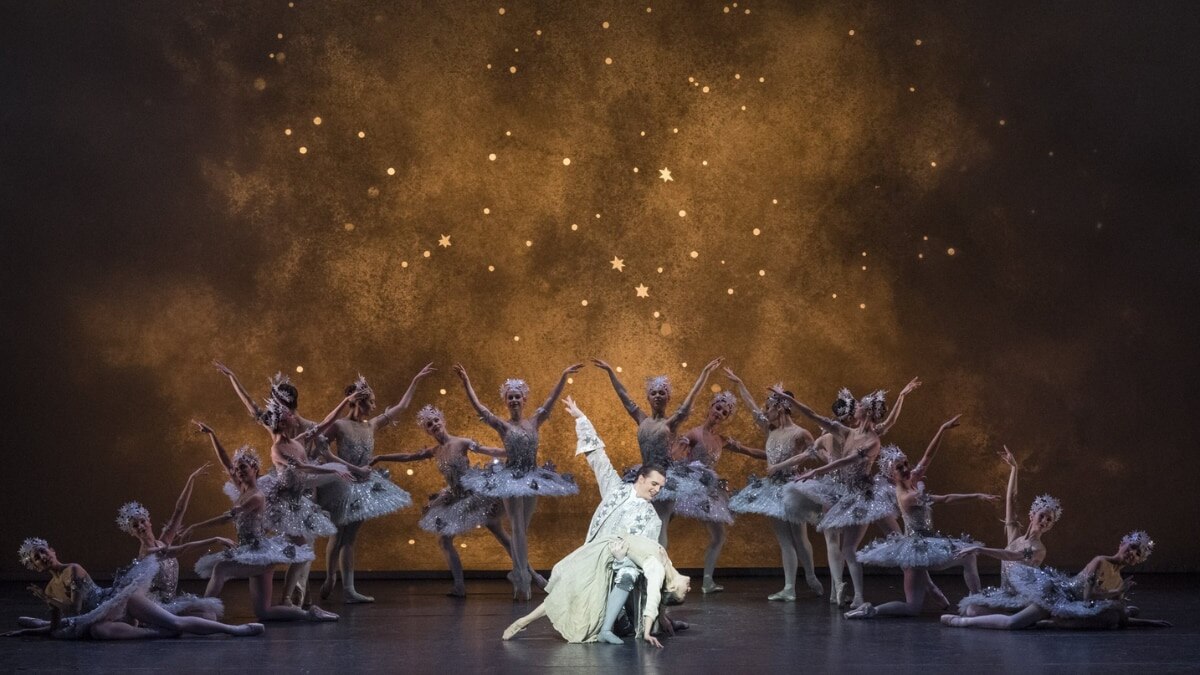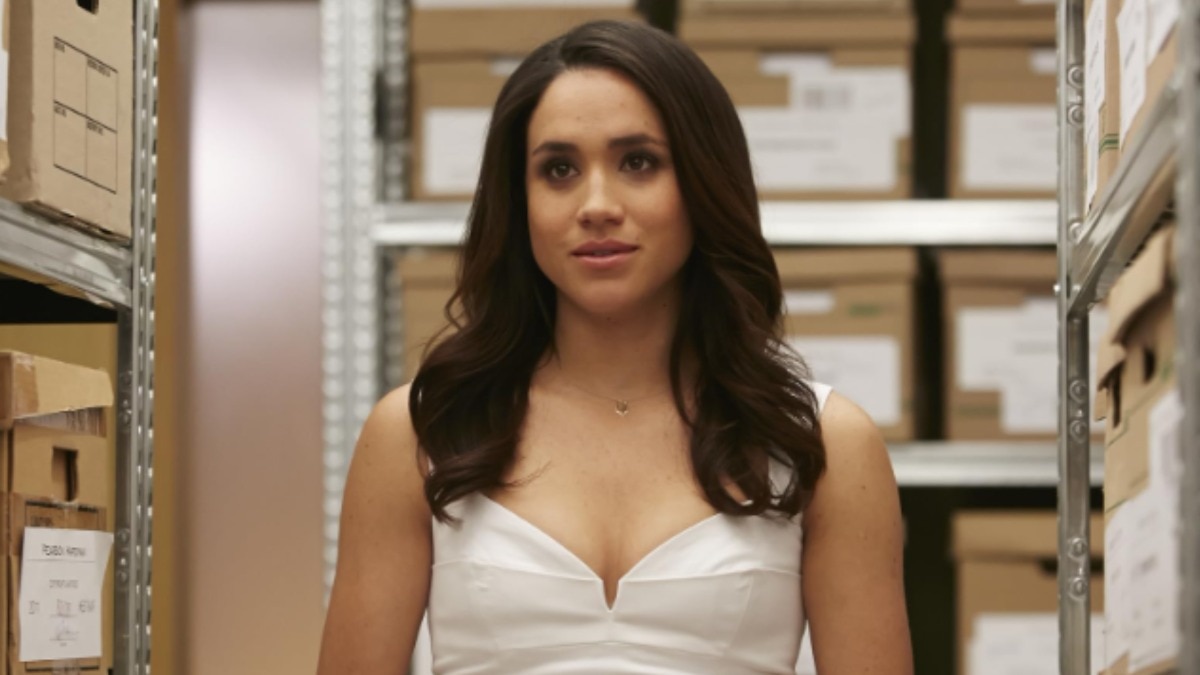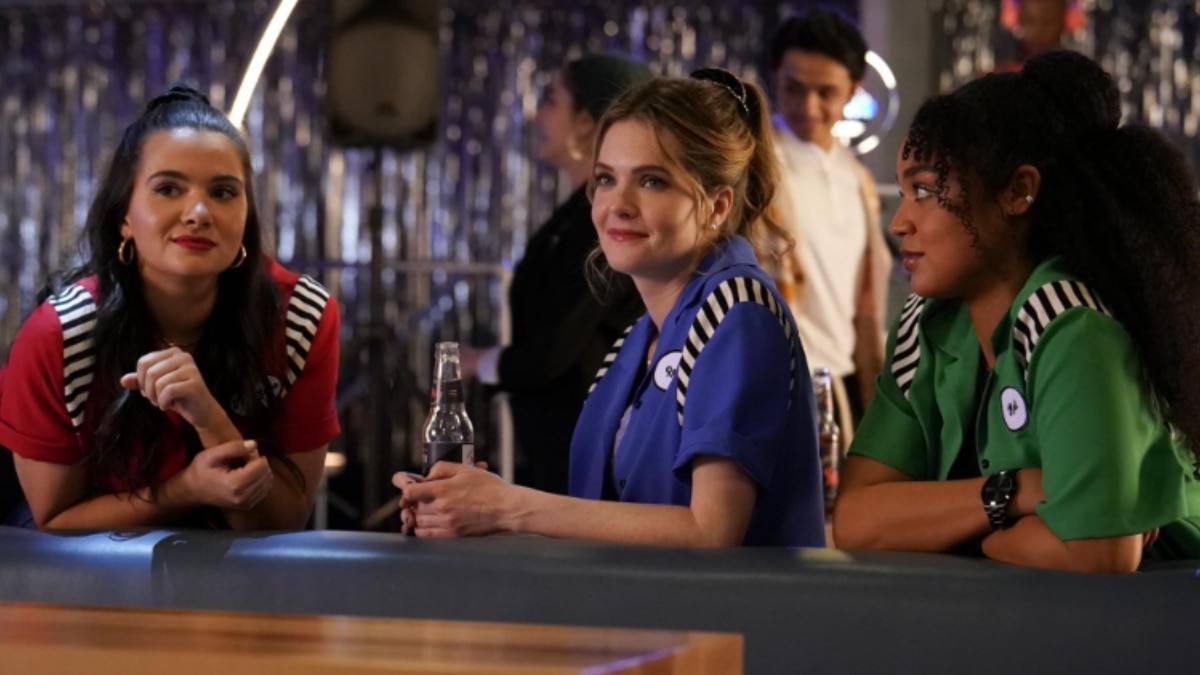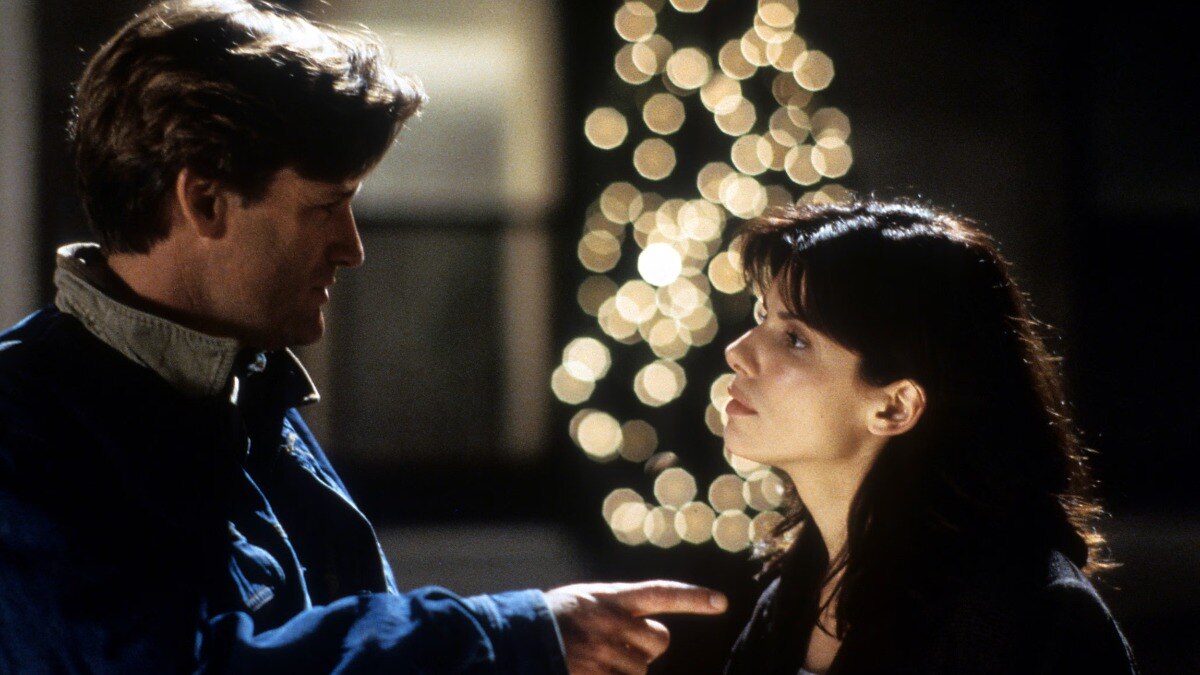Royal Ballet's revival of 'Cinderella' is an ode to the original's director and choreographer Frederick Ashton
75 years later, the magic of fairy tales and Ashton's legacy lives on.


When Fumi Kaneko first joined the Royal Ballet, aged 19, rehearsals were already underway for Cinderella. "I was so new, there wasn’t a role for me, so all I could do was watch," she says. That was 2011, and what would be the last staging of the classic story at the Royal Opera House for more than a decade. Now, to mark the 75th anniversary of the director and choreographer Frederick Ashton’s original interpretation, the company is finally making a grand return to Charles Perrault’s enduring tale. This time, Kaneko is no longer watching from the wings: she is Cinderella. ‘It’s just like in the fairy tale,’ she says, laughing. ‘Now I shall go to the ball.’
For Kaneko, who became a principal dancer two years ago, Cinderella is her ‘full circle’ moment. The production carries with it a symbolic weight for the company itself too: when Ashton’s three-act piece premiered in 1948, with Moira Shearer and Michael Somes as the leads, it became the first full-length English classical ballet to be performed at the Royal Opera House. Its stars received rapturous plaudits, as did Ashton for his intuitive direction (as well as his own comedic turn as one of the ugly stepsisters). In 1963, he would go on to succeed the Royal Ballet founder Ninette de Valois as its artistic director.
"Frederick Ashton is so fundamental to us. In many ways, he defined how we perform," says the current director Kevin O’Hare, who counts himself one of the ‘lucky last generation’ to have danced under Ashton in the early 1980s. "Cinderella was when he was starting to reach the heights of his power as a storyteller. It is an amazing example of the classicism of his approach and shows exactly how impressive his musicality was."
Ashton is known for the complexity of his dance sequences, as Kaneko explains. "He created a very specific way of moving," she says. "It is all about the precise use of the upper body and never being too athletic or too straight.’ She is on stage for almost the entire duration of the performance, making hers a particularly demanding role. Her opposite number—William Bracewell, who plays the Prince—says that the relationship between music and movement is what makes the ballet so special. "The beauty of Ashton’s choreography is that it fits so perfectly with the score, you would assume he and Prokofiev had been in conversation with each other," he explains.
The new production will match the original in its scale of ambition. "In 1948, they really pushed the bar with what they could achieve scenically, and we want to do the same now," says O’Hare, adding that he will settle for nothing short of ‘total fairy-tale spectacle’. To achieve this, he has drawn talent from cinema as well as the stage: the creative team includes a ‘magic consultant’ in the form of the Harry Potter alumnus Chris Fisher, who will apply his talents to pumpkin transformations, rags-to-ballgown conjuring acts and dazzling scene changes. ("It seems like there’s going to be actual magic when we step on stage," says Kaneko.) The set design, by Tom Pye, evokes an ever-shifting seasonal garden, blooming with spray roses and snowdrops. "It’s all wonderfully unexpected," says Bracewell. "I think we’re going to end up with something we’ve never had before in our repertoire."
The flower theme is echoed in the costumes, designed by Alexandra Byrne, whose career has taken her from lavish period films to the Marvel Cinematic Universe, earning her six Oscar nominations—and one win—along the way. She has drawn inspiration from the subtle blossoms dusted across the tutus worn in the original ballet, as well as from the beloved garden of Wendy Ellis-Somes (the widow of Michael Somes, who played Prince Charming in the 1948 production), to whom Ashton left the choreographic rights to Cinderella in his will.
Byrne has already proven herself to be Kaneko’s very own Fairy Godmother. "The costume fittings have reminded me why this is such a dream role," says Kaneko. "You’re that little girl who comes from nowhere and is suddenly given a beautiful dress to go to the ball of a lifetime."
This piece originally appeared in the April 2023 print edition of Harper's Bazaar UK










